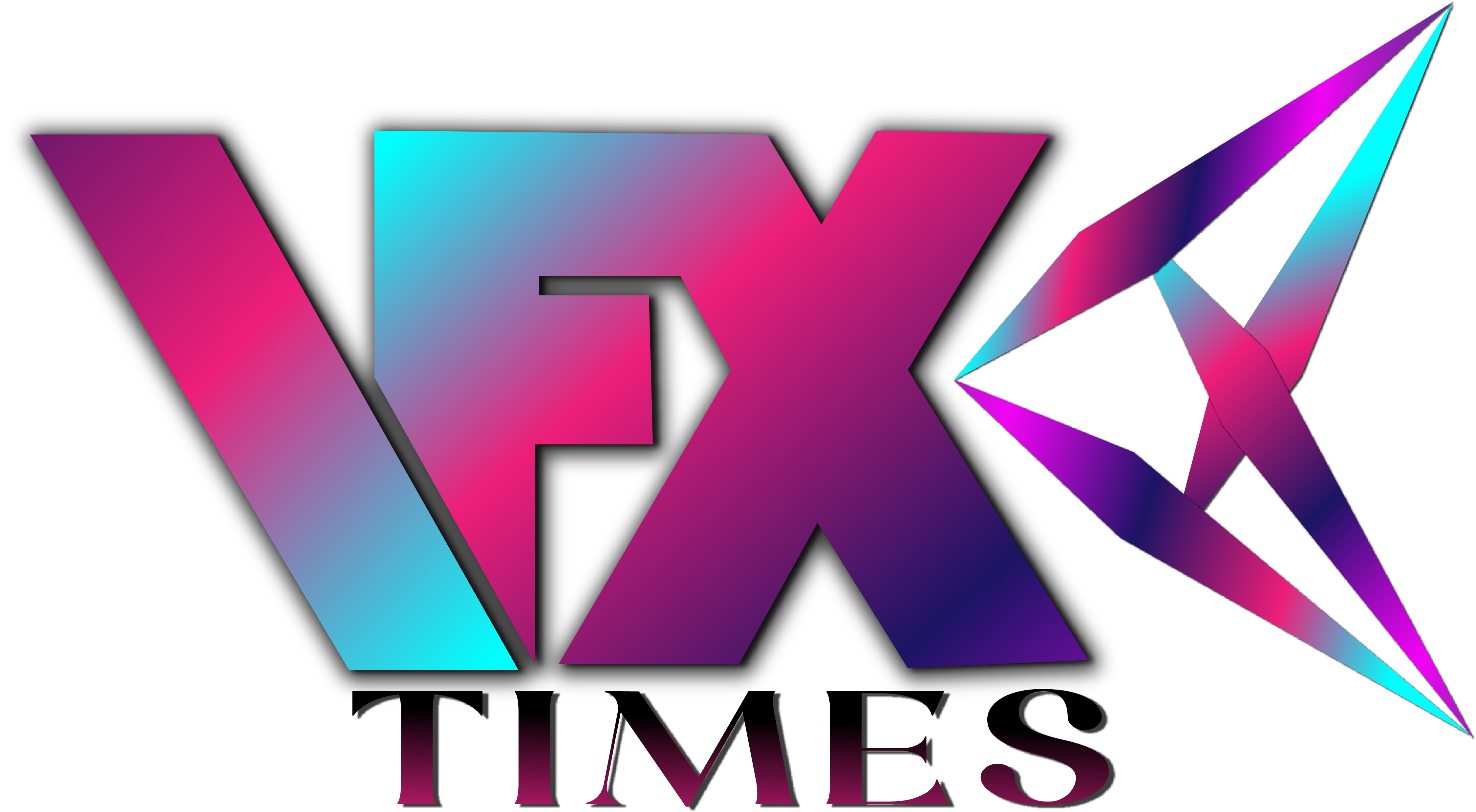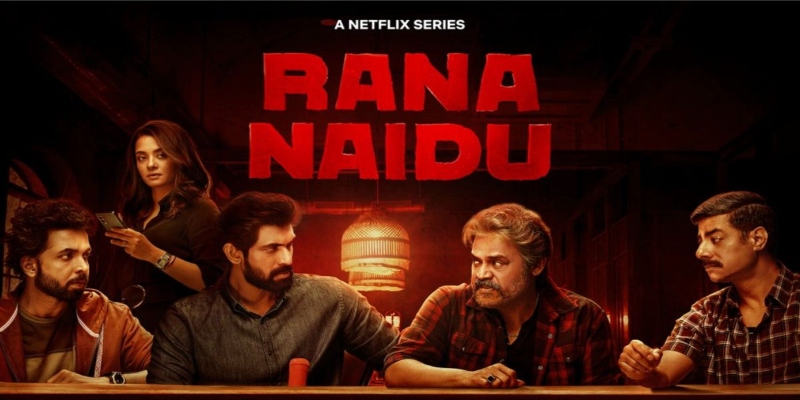FutureWorks worked with Netflix on its new official adaptation of the popular American drama series Ray Donovan. Like the original, Rana Naidu is about a celebrity fixer who takes care of his clients’ problems, including everything from bribes to crime scene clean-ups.
Directed by Karan Anshuman and Suparn Verma, the action crime drama features Telugu movie superstars, and real-life uncle and nephew, Venkatesh Daggubati and Rana Daggubati, starring together on screen for the first time. Rana plays his namesake, Rana Naidu, a professional fixer to the Bollywood elite, while his uncle takes on the role of his troublesome father, Naga.
FutureWorks worked on all 10 episodes of the project and delivered 1,800 VFX shots for the series. The company’s work included action clean-ups, green screen sequences, and CGI. In addition to visual effects, FutureWorks also contributed to concept and previsualisation work for the project, as well as providing camera rental services to support the production.
Creating a CGI snake
One key scene involved creating a realistic CGI snake, which appears during a sequence where one of the characters has taken hallucinogenic drugs. The snake, a vital part of the storyline, needed to look photorealistic. After working on the initial concept and previs, the FutureWorks VFX team created the snake’s model using Autodesk Maya and sculpted it in Zbrush. Rigging and animation were completed in Maya, while Katana was used for the final lighting. The team carried out the compositing of the snake in Nuke.
FutureWorks VFX supervisor Vinay Chuphal said, “This was one of the most difficult aspects of the show. As part of the sequence, the snake has to appear around a character’s neck. Perfecting the serpent’s interaction with the character’s hair, body and clothes, while making it look realistic, was very complex. I was really proud when the direction team saw the finished shots and believed that it was a real snake.\”
During the hallucination sequences, the team also created other complicated effects, including a devil on a poster coming to life, and a wall-mounted lobster decoration also starting to move around. “Conceptually, the lobster was interesting as well, but as it wasn’t supposed to be real, it didn’t need to be hyperrealistic, like the snake,” says Chuphal.
Another big part of FutureWorks’ contribution to Rana Naidu was the set extensions. The crew shot the show on location, but specific scenes required the creation of additional buildings and environments. The VFX team used a mix of CGI and matte painting techniques to create the set extensions, which were then integrated into the live-action footage. “This helped to create a more immersive and believable world for the characters to inhabit,” says Chuphal. “There was a lot of camera motion to deal with, which made the extensions especially challenging.”
Compositing the chroma sequences
Composite shots formed a significant part of FutureWorks’ VFX work on Rana Naidu, with the team using green screens and chroma-keying techniques to merge live-action footage with CGI elements. The team completed more than 400 chroma shots for the show, compositing in Nuke with 2.5D techniques.
Many of the chroma sequences revolved around car chases and other action scenes. The most difficult aspect was getting the lighting right. In practical filming, the actual movement of the car allows for natural sunlight to interact with the interior, creating dynamic lighting effects. The shifting position of the sun, combined with the car\’s motion, produces changing shadows, reflections, and highlights, adding realism to the scene.
However, VFX car shoots in a controlled environment, like a chroma key studio, are more problematic. Without the presence of the actual sun, the Futureworks VFX team recreated the interplay of light and its impact on the car\’s interior. This involved simulating the direction, intensity, and colour temperature of the sunlight to match the desired time of day and weather conditions. Seamless integration between the virtual elements and the live-action footage is crucial for a convincing result. Advancements in VFX technology, combined with the expertise of the VFX team, enabled FutureWorks to create visually stunning and immersive car interior scenes, even in the absence of real-world references.
“Matching the light is hard to master, and absolutely key to realism,” says Chuphal. “Seeing, in person, how the light behaves, and how it falls on the car is crucial. But when shooting in chroma, you have none of that. This makes the VFX difficult because you have to simulate light and match it to the time of day and the weather seamlessly, without the real-life reference.”
“We created a CGI model of the cars and put them into Nuke to create a dome for the reflection projection. We then used the low angle 10mm lens to shoot the environment, which was projected on the windscreen, enabling us to achieve a high degree of realism for the reflections,” added Chuphal.
Streamlining the workflow
Rana Naidu was a complex project, with a team of more than 40 artists working on comps and nearly the same number again working on clean-up. This meant that FutureWorks was able to deliver on time and within budget while maintaining the highest quality. FutureWorks’ camera team being on set also helped with the workflow, as they were able to liaise with the on-set crews to get the data needed by the VFX team. To maintain an effective workflow, the team used the project management tool ShotGrid to track and review shots throughout the process.
“We had a high number of shots to deal with, which made it a time-consuming project, so this was a significant achievement for us,” says Chuphal. “We did everything possible to streamline the workflow and make every stage as efficient as possible. As a result, the VFX seamlessly integrated with the live-action footage and we were able to achieve a high level of realism”.
FutureWorks’ CEO Gaurav Gupta says, “We’re thrilled to have worked with Netflix on the adaptation of such a popular show. In addition to completing our VFX brief to a high standard, it’s really rewarding to work on a show from start to finish, further streamlining the production pipeline with our end-to-end solutions.”

